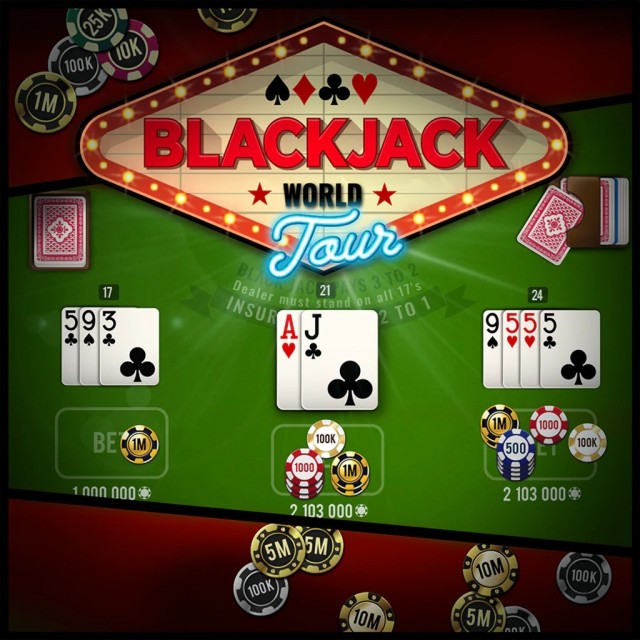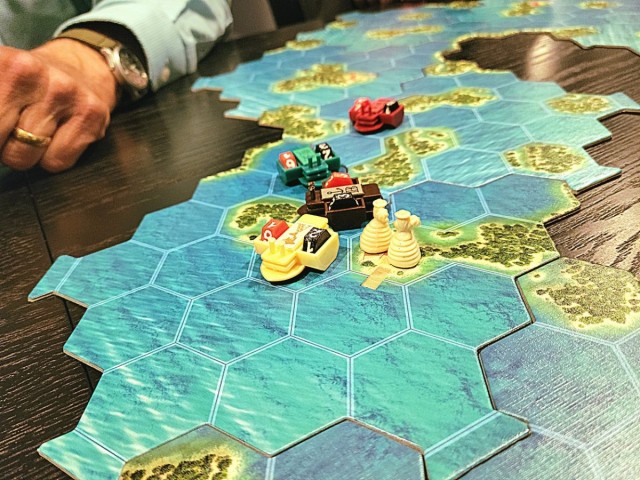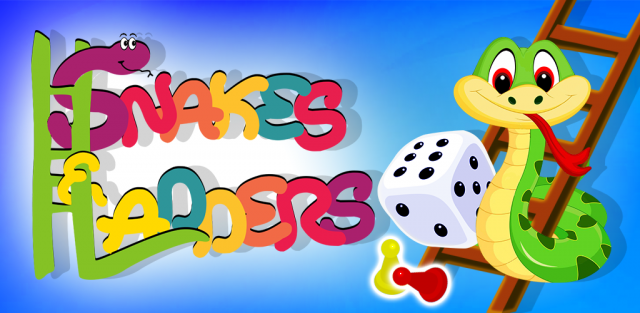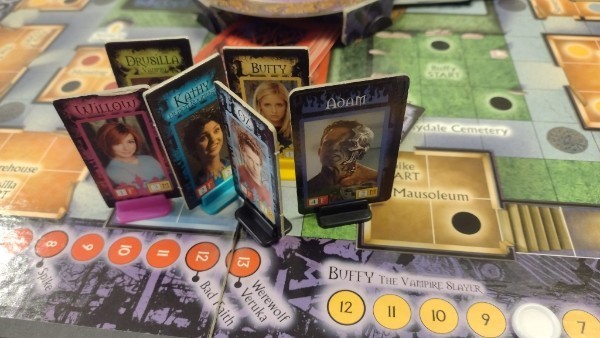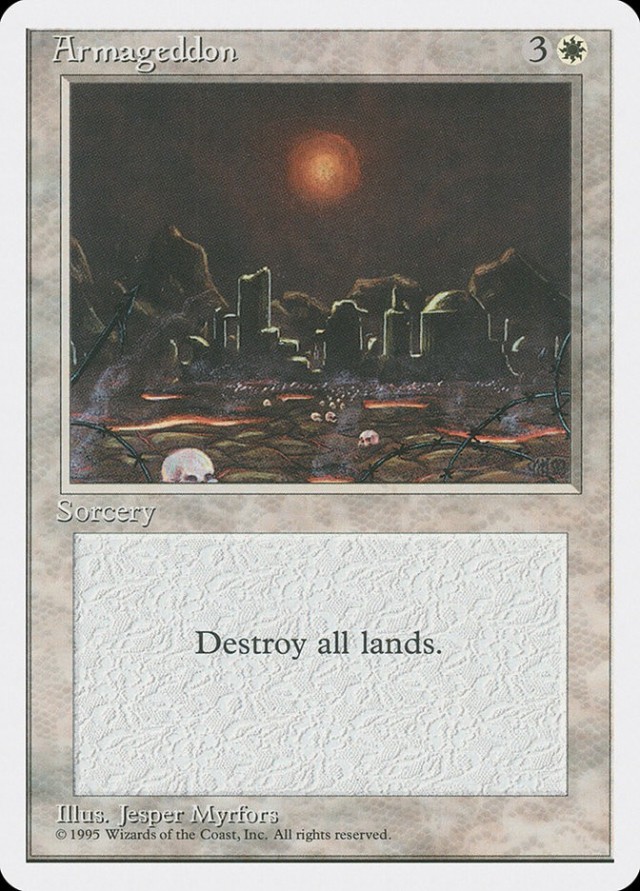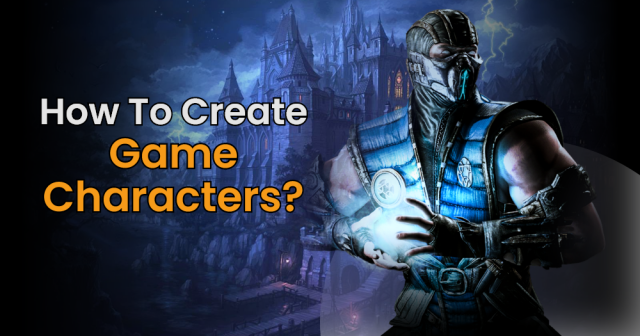I am trying to wrap my head around the fascinating gameplay in Napoleon's Triumph, so I decided to write some ideas out. I have played the game three times.
I find the asymmetry intriguing. The Allies start with more units and strength than the French do. Though the French have fewer units, they are more concentrated in number and therefore tend to perform better in battle. These factors create some structural pressure on the Allies to use their greater but more dispersed forces to manoeuvre around and feint attack against the French.
However: though the Allies need to get busy, they have a weaker command structure. They have more units than they can coordinate. It is impossible for the Allies to move all their corps in one turn, and so their advance on the French is necessarily staggered. This means that the Allies are more likely to have their forces split up, engaging in different parts of the board unevenly. This uneven development is also encouraged by obstructions in the terrain in which the French are embedded. The French, by contrast, have a strong command structure. They can move every one of their corps every turn. Though they have fewer forces than the Allies, they can coordinate them all. There are also fewer terrain restrictions to deal with if they go on the offensive.
The result of this asymmetry is very interesting: it creates a sense that the Allies are walking into a trap, as apparently they did in the actual battle. Everything combines to make the allies take some risks, and for the French to exploit likely missteps. (If the Allies play well, the French may need to bring in reinforcements to lessen the imbalance of forces. But if they do that, their victory conditions become more difficult to reach.)
A key challenge for the Allies is to find a way to make most of their greater numbers. Even though their advance must be staggered and uneven, if they could nonetheless make the different corps reinforce and support each other, that would be quite effective. Somehow they need to use their superior numbers to overcome the French advantage in movement. I haven't a clue how I'd go about doing this, but it will be fun to experiment with different strategies.
While there is some incentive for the French to take a defensive posture, they also have a greater capacity to act. The French, it seems to me, can make most of the asymmetry if they constrain the movement of the Allies (for example, by occupying approaches with smaller forces) and divide the Allied forces. With the enemy divided and poorly coordinated, the French can then use their greater mobility to surround or out flank the enemy's isolated sections.
I am very much looking forward to my next game in two weeks.
 Games
Games How to resolve AdBlock issue?
How to resolve AdBlock issue? 
